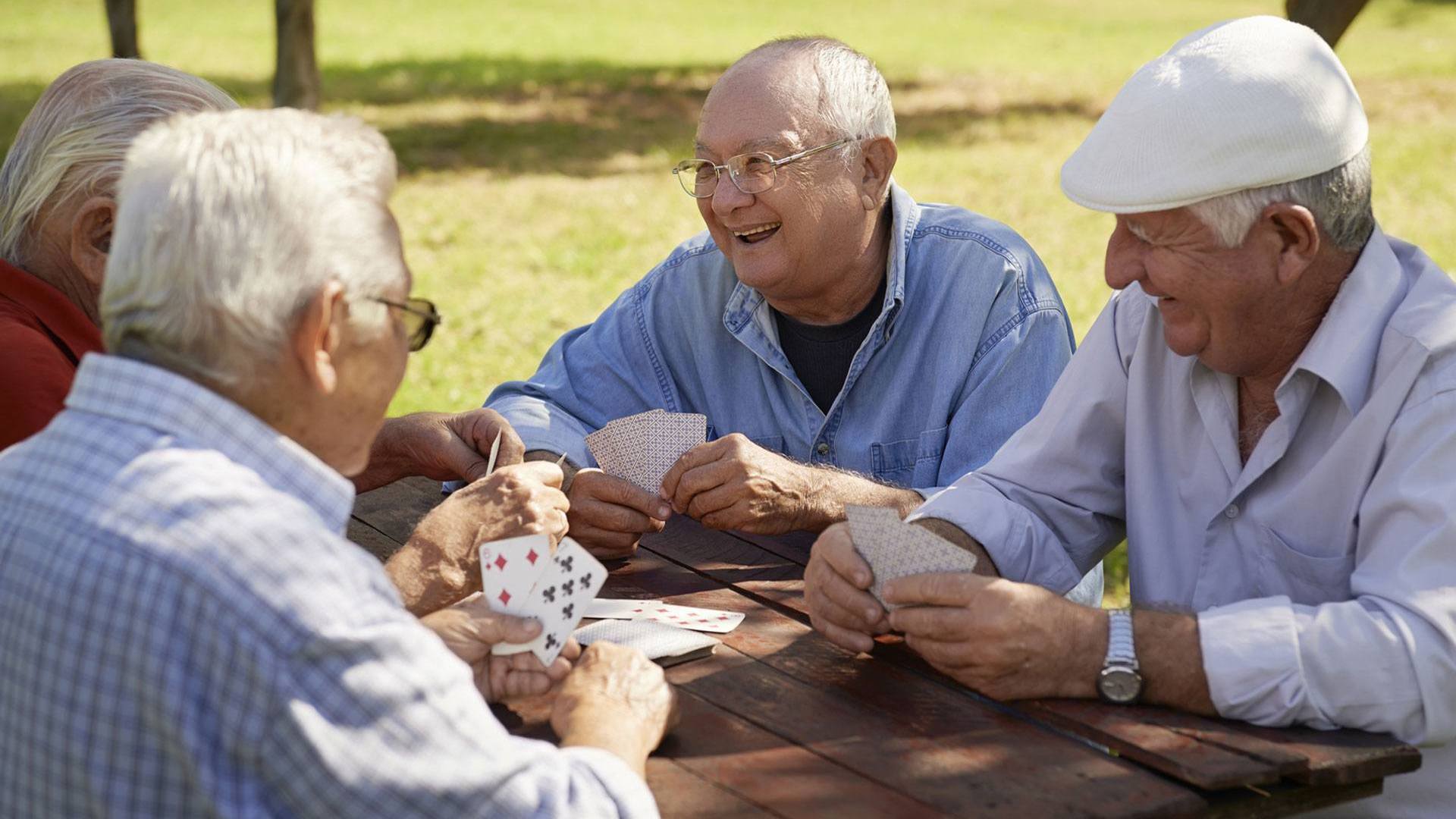The prostate anatomy is made up of a small, squishy gland about the size of a ping-pong ball. It sits under the bladder and in front of the rectum. The prostate is only present in men and is important for reproduction, because it supplies the fluids needed for sperm to travel and survive (sperm is not made in the prostate; it is made in the testes).
The prostate is divided into several anatomic regions, or zones. Most prostate cancer starts in the peripheral zone (the back of the prostate anatomy) near the rectum. That’s why examining the prostate via a gloved finger in the rectum, known as digital rectal exam (DRE), is a useful screening test.
Vesicles
The seminal vesicles are rabbit-eared structures that store and secrete a large portion of the ejaculate. These structures sit on top of the prostate. The neurovascular bundle is a collection of nerves and vessels that run along each side of the prostate, helping to control erectile function. They are usually a short distance away from the prostate, but sometimes they attach to the prostate itself.
Bladder
The bladder is like a balloon that gets larger as it fills up, holding urine until the body is ready to void. The urethra, a narrow tube that connects to the bladder, runs through the middle of the prostate and along the length of the penis, carrying both urine and semen out of the body. It is the hose that drains the bladder.
The rectum is the lower end of your intestines that connects to the anus, and it sits right behind the prostate.

The Biology of Prostate Cancer
To properly understand diagnosis and treatment options, it’s important to understand how prostate cancer grows. A normal prostate uses androgens (including testosterone and dihydrotestosterone, or DHT) during its development and everyday function.
Once prostate cancer forms it feeds on androgens and uses them as fuel for growth. This is why one of the backbones of treatment for men, especially with advanced prostate cancer, is to lower a man’s androgen levels with drugs collectively termed “hormone therapy.”
Prostate cancer occurs when a normal prostate cell begins to grow out of control. In many cases, prostate cancer is a slow-growing cancer that does not progress outside of the prostate gland before the time of diagnosis.





